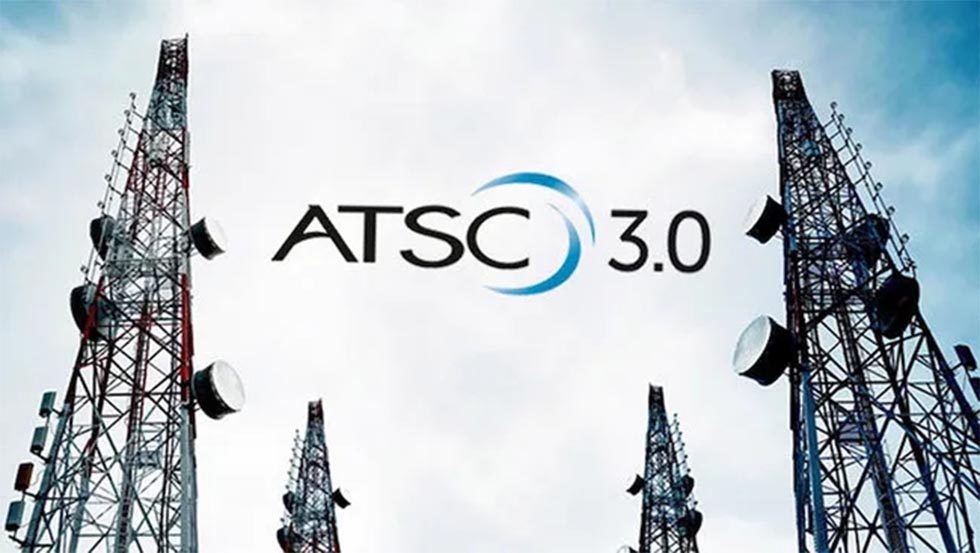Interoperability: No Media Solution is an Island
Many organizations are choosing to move away from end-to-end solutions, in favor of customizable workflows

Media production is currently undergoing an enormous transformation. Technology is advancing, and cables and connectors are rapidly being replaced by cloud-based solutions. While some media organizations prefer an end-to-end approach, many are instead choosing to use separate vendor solutions for each segment of the workflow.
Increasingly, companies need flexibility, rather than solutions or services that are proprietary or place rigid definitions on how assets are processed. The availability of solutions that focus on very specific parts of the content supply chain, offer more choice and control over how companies operate. However, if media workflows are compartmentalized in this way, it is critical that solutions do not move into silos, and that all component parts of the workflow interconnect seamlessly.
Many Parts Make a Whole
We’re living in an age of optimization. So, it is incredibly important that each stage of the media workflow, from production, to ingest, to post-production, and right through to distribution, all operate effectively. This is why many organizations are now choosing to move away from end-to-end solutions, in favor of customizable workflows made up of component parts that are best suited to a specific task.
Alongside the crucial requirement for each link in the chain to be operating as well as it can be, there is also an overriding need for integration. It is great to take an à la carte approach, but that cannot be at the expense of interoperability – no part of the workflow should be isolated.
The ingest process is a prime example of how an individual workflow segment significantly impacts the subsequent stages. Ingest is a core component of the media workflow, without it, content does not get from camera to consumer. An effective ingest process makes it quick and easy to ingest raw footage, ready for editing and distribution. It is critical that the quality of the content is preserved and that the content is ingested in full, with no gaps.
"A good ingest process can help the rest of the workflow run smoothly and efficiently.
The role of ingest does not end there. A good ingest process can help the rest of the workflow run smoothly and efficiently. For example, if during production the footage can be recorded directly to shared storage, editors can gain access immediately. This prevents subsequent delays to the post-production schedule, as each workflow follows on seamlessly from the next. This way of working enables both master camera record and proxy record, to be undertaken concurrently, so users can access whichever file suits their requirements.
When best practice for content ingest is followed, all of the required media is captured and stored with the appropriate metadata. If the proxies are created at the same time as the master camera record, the files can be tagged with consistent metadata, which avoids confusion.
This makes it easier for media companies to manage and quickly locate assets later on. A good ingest process will also ensure that assets are organized well from the start. Doing this prevents media businesses from having to structure assets retrospectively, which is time consuming and inefficient.
API is the Language of Interoperability
When taking an à la carte approach, all components of a media workflow need to connect together seamlessly, through an Application Programming Interface (API). The API enables interaction between solutions, so they can communicate and understand specific requests.
An API also enables resources and information to be shared, without compromising security, control, and authentication. However, not all APIs are the same. Some may seem comprehensive on the surface, but actually, when you look closer, they are incomplete or incompatible. Other APIs may be complete but not have the required documentation. The difference in quality between APIs can be significant.
For a solution to be fully interoperable and easy to integrate, the API needs to be high-quality, customizable, fully comprehensive, and come with all the right documentation. A flexible API will allow media organizations to deploy a solution in a way that suits them.
So, how can media organizations ensure they implement a solution with a great API? For effective integration, solutions need a well-constructed RESTful API. For an API to qualify as a RESTful, it must meet specific architectural requirements. This makes RESTful APIs scalable, faster, more lightweight, and easier to use than a prescribed protocol with restrictive requirements.
With media organizations increasingly moving operations to the cloud, interoperability is only going to become more important. An issue with API quality has the potential to make or break a workflow. We’re now at the point where companies need to be able to drop a product into their ecosystem, knowing that it will meet their requirements, with minimum effort.
To achieve this, solutions need to excel at the job they are designed for, and at the same time, offer a fully customizable RESTful API for simple integration. No media solution is an island, so we need interoperability across production and post-production workflows to future-proof our industry.
Get the TV Tech Newsletter
The professional video industry's #1 source for news, trends and product and tech information. Sign up below.
Jane Sung is COO of Cinedeck.

